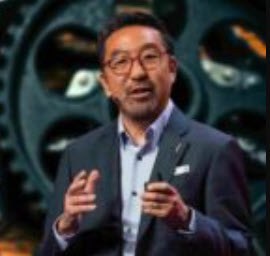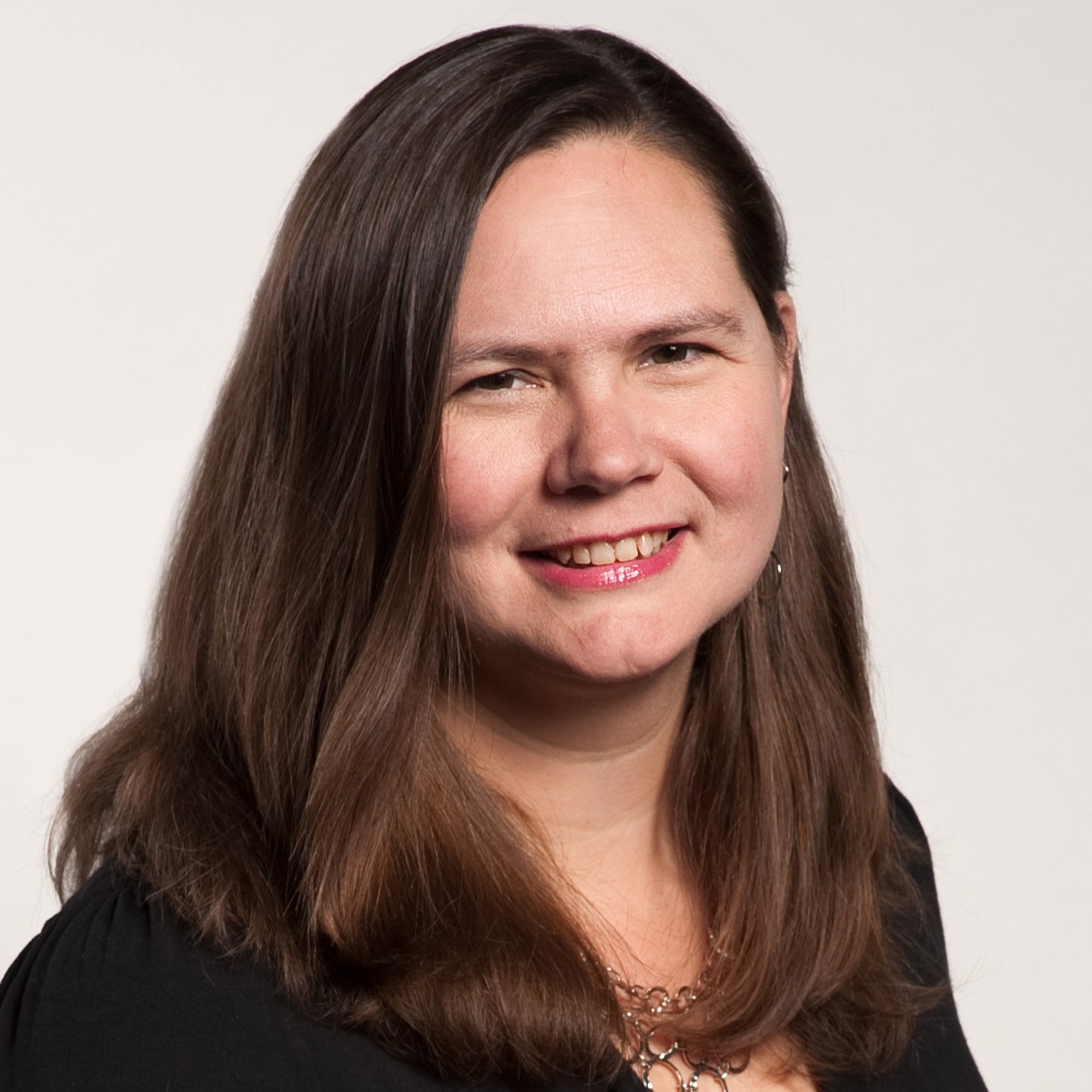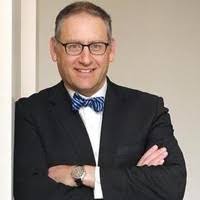The HP Way is one of my top 25 books written by CEOs. In this conversation, we’re rolling with a book club format with a special guest who writes book summaries on his blog. Dan Lebrero is a software engineer based in Spain, and he’ll help us unpack concepts such as management by objectives, management by walking around, profit-sharing plans, company offsites, growth frameworks, and philosophies on debt management. As a bonus, we even have an HP-12C story.
Episode Highlights
- The Origin story of Dan Lebrero’s website.
- The relevance of The HP Way today.
- A tight friendship, a garage, and a tricky bank loan in the 1930s.
- The reason why law and business courses were the most important that David Packard ever took at Stanford.
- A profit-sharing plan that survived the war and why it wasn’t just for a select few in upper management.
- The company’s first off-site and why Bill and David held it to share their objectives.
- Management by walking around didn’t start at HP, but David shares why he believed in that concept.
- The R&D six-to-one rule for all engineering projects.
- The author explains management by objectives and why most consultants get MBO wrong today.
- Japan’s quality excellence reveals HP’s learning environment.
- Dan’s favorite books.
Hewlett-Packard's success owes a great deal to many factors, including openness to change, an unrelenting will to win, the virtue of sustained hard work and a company-wide commitment to community involvement. As a result, HP now is universally acclaimed as the world's most admired technology company; its wildly successful approach to business has been immortalized as The HP Way.
Who Is Dan Lebrero?
Every year, I reread a handful of books, and The HP Way was one of those titles. Curious, I wanted to know if another CEO or blogger had shared their notes about the book. I got lucky. Dan Lebrero’s site first appeared on my Google search.
When Dan is not reading and writing book summaries, he’s a software engineer in a management position based in Spain. You can find his insightful book summaries here.
Key Quotes in The HP Way
David Packard never shies away from discussing profit. This is one of several lines on this topic in the book.
Profit is the measure of our contribution to our customers—it is a measure of what our customers are willing to pay us over and above the actual cost of an instrument. Only to the extent that we can do something worthwhile, can provide more for the customer, will he year in and year out pay us enough so we have something left over. So profit is the measure of how well we work together. It is really the final measure because, if we cannot do these things so the customer will pay us, our work is futile.
While taking profit seriously, debt was something they wanted to minimize.
Bill and I had decided we were going to reinvest our profits and not resort to long-term borrowing. I felt very strongly about this issue, and we found we were clearly able to finance 100 percent growth per year by reinvesting our profits.
From this experience I decided our company should not incur any long-term debt. For this reason Bill and I determined we would operate the company on a pay-as-you-go basis, financing our growth primarily out of earnings rather than by borrowing money. We knew self-financing was possible because General Radio, a company we admired, had been in business several years, had been successful, and had never sought outside financing. Our feeling was if they could do it, we could do it. And we have—for more than a half century.
I appreciated Bill’s desire to learn new skills and concepts outside his sphere of core knowledge. Regarding a few classes he took at Standford …
Looking back, they were among the most important courses I ever took, because the first taught me enough about partnerships, contracts, and incorporation so that for the next few years we rarely required the services of lawyers; and the second helped me set up the books and, with Lu’s (David’s wife) help in the evenings and on Sundays, keep them balanced.
The HP Way has a strong startup vibe near the beginning of the book …
In those early days Bill and I had to be versatile. We had to tackle almost everything ourselves—from inventing and building products to pricing, packaging, and shipping them; from dealing with customers and sales representatives to keeping the books; from writing the ads to sweeping up at the end of the day. Many of the things I learned in this process were invaluable, and not available in business schools.
Bill and David took profit-sharing seriously, and they started a plan in the early years of their business …
… before the war Bill and I had begun implementing an incentive compensation plan for all our people, a plan based on something we’d learned from General Radio. It involved a complicated formula, but in essence it paid everyone a bonus, as a percentage of their base pay, should production exceed certain levels. General Radio’s plan applied to engineers only. But Bill and I thought everyone at HP should be included. We wanted to recognize the contributions of each individual, not just a special group.
In the United States and many other countries, employees participate in stock purchase plans and in cash profit sharing. U.S. employees with more than six months of service are eligible for profit sharing, and each year receive amounts calculated on the company’s pretax earnings. Over the years this payout has been as high as 9.9 percent and as low as 4.1 percent of base salary. Since the company has always been profitable, the program has continued uninterrupted since we started it in the 1950s.
Bill and David employed a concept for return on engineering.
At HP we often used to select projects on the basis of a six-to-one engineering return. That is, the profit we expected to derive over the lifetime of a product should be at least six times greater than the cost of developing the product.
David discussed the use of MBO in The HP Way, which was far more than an academic exercise. He provides his point of view on MBO:
Management by objective, on the other hand, refers to a system in which overall objectives are clearly stated and agreed upon, and which gives people the flexibility to work toward those goals in ways they determine best for their own areas of responsibility. It is the philosophy of decentralization in management and the very essence of free enterprise.
The Seven Original HP Objectives
The HP Way was how the founders treated other people. They involved them in the management process. They wanted every employee to continue growing throughout their careers. They wanted deep engagement and to share the company rewards freely with those who created the value.
During their first offsite, they shared the company’s first objectives:
- Profit. To recognize that profit is the best single measure of our contribution to society and the ultimate source of our corporate strength.
- Customers. To strive for continual improvement in the quality, usefulness, and value of the products and services we offer our customers.
- Field of Interest. We need to concentrate our efforts continually on seeking new opportunities for growth but limit our involvement to fields in which we have the capability and can make a contribution.
- Growth. To emphasize growth as a measure of strength and a requirement for survival.
- Employees. To provide employment opportunities for HP people that include the opportunity to share in the company’s success,
- Organization. To maintain an organizational environment that fosters individual motivation, initiative, and creativity, as well as a wide latitude of freedom in working toward established objectives and goals.
- Citizenship. To meet the obligations of good citizenship by contributing to the community and to the institutions in our society that generate the environment in which we operate.
Each of these objectives was supported by text that explained why it was chosen and that discussed in some detail the evolution and importance of the objective.
David Packard
Episode Pairings





Leave a Reply